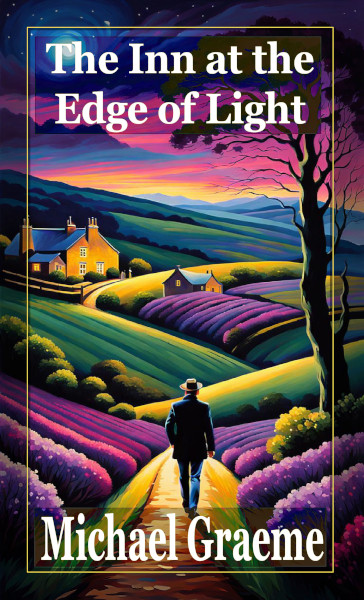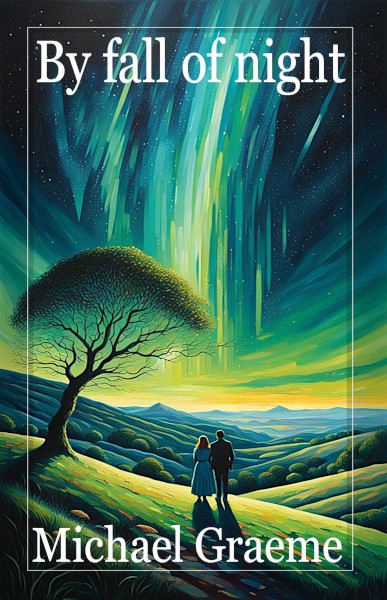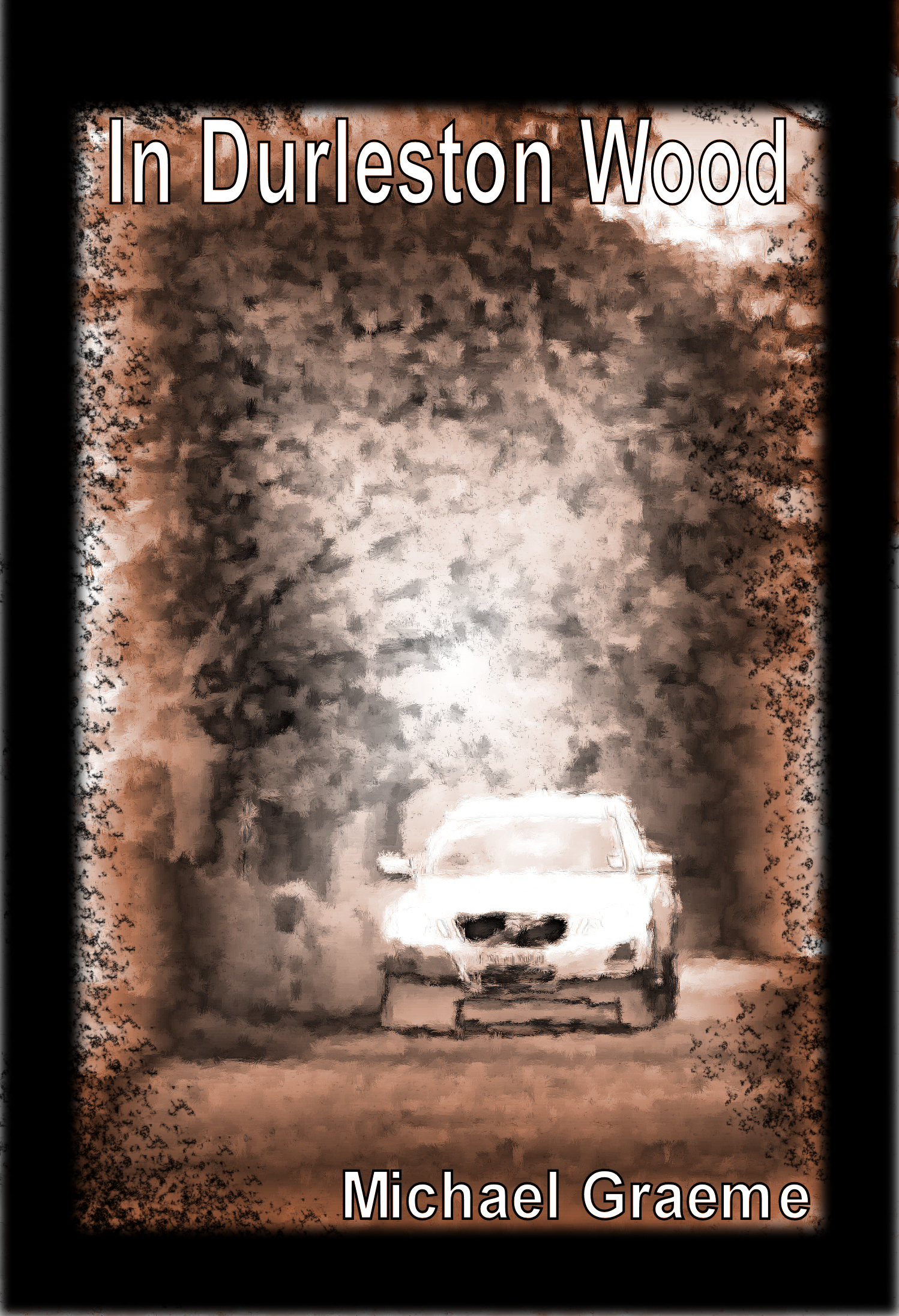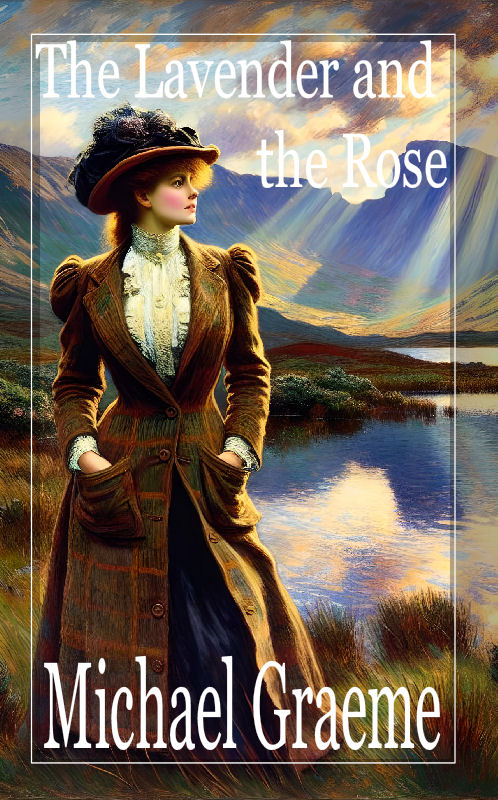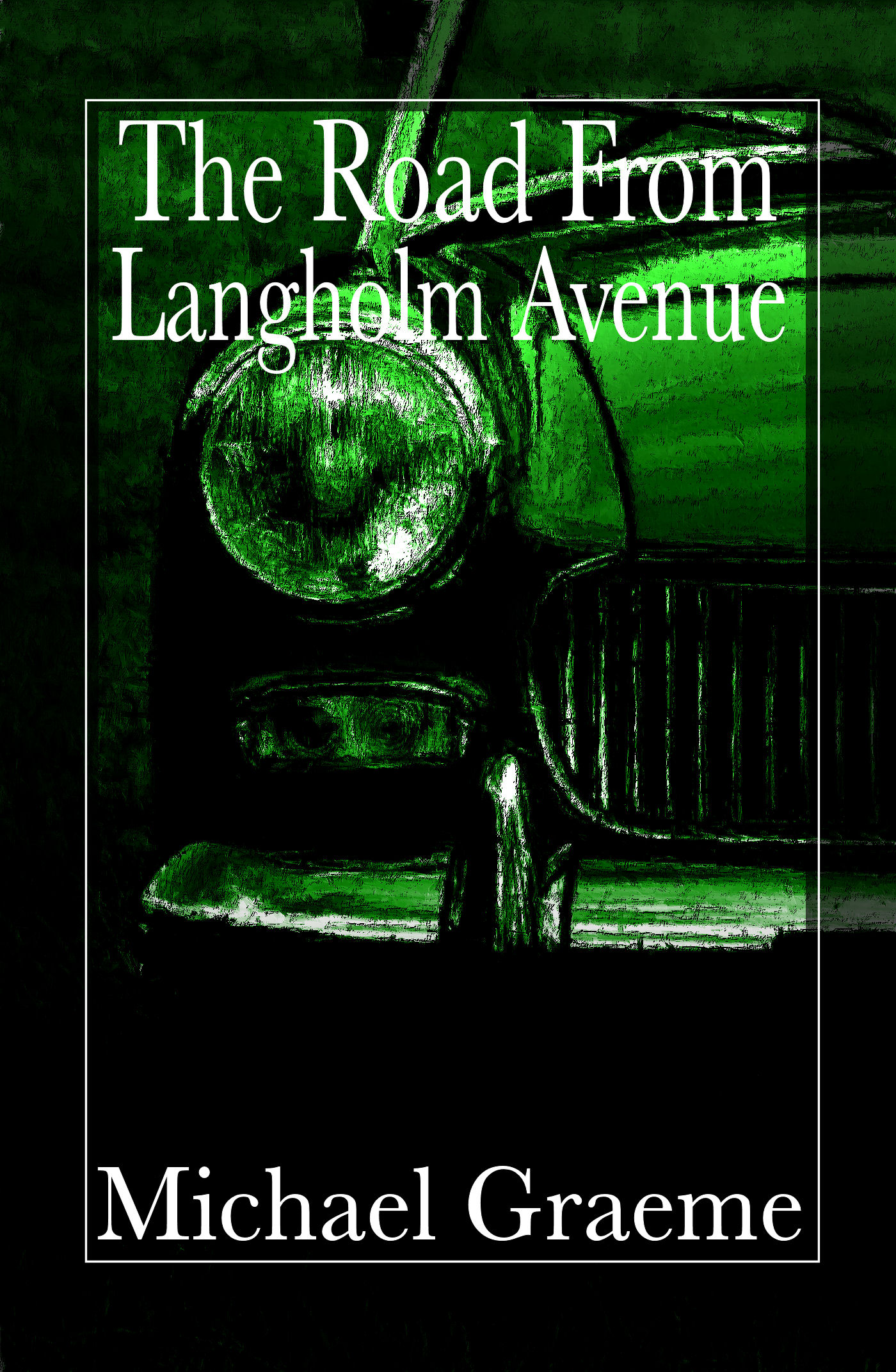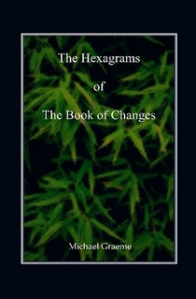
There’s a remoteness about the Withnell moors that belies the fact even the loneliest bits of them are probably only half an hour’s walk from the well populated villages of Brinscall, or Abbey Village. In the nineteenth century they were home to many small-scale farms but, as I mentioned in an earlier blog, changing times were making it harder to justify such remote habitation, the mills and quarries being more of a draw for employment than farming, at least on this scale. Then an outbreak of typhoid, in Kent (1897), sent the public health bodies into a spin. The Withnell moors were (and still are) part of the water catchment area for the city of Liverpool, and the urgent word went out we should avoid anything, animal or human, defecating upon it. So the leases were withdrawn, and the farms fell to ruin.
I’ve come here today to photograph the sycamores at one particular ruin, Grouse Cottage. The weather’s fair for now, though looking a bit changeable, and I find I’m in the mood to explore further, if I can. I’m wondering if in fact, we can find a route up Great Hill from this end of the West Pennines. There isn’t one marked on the map, and scant trace of such in aerial photographs. But it would make sense, this group of farms being linked by a humble walked way, to the now similarly ruined farms over on the Heapey side of the moor. We’ll see.

Grouse Cottage looks like it’s been gone centuries, but it was still lived in in the 1950s, one of the last of the farms to be vacated. I have seen photographs of it from its working days, and can only say its eradication has been most severe. Interesting to me, my mother, resident nearby in Abbey Village until 1960, would have known it as a working farm. A small piece of it is still standing, which adds some architectural interest to the photograph of the trees – this being what was the outside lavatory. The rest is left to imagination. It was dramatically positioned with fine views but, like all the farms out this way, and from the stories my mother told, a hell of a place to be in winter.
From Grouse Cottage we head south now, to the corner of a tumbled drystone wall, then west, towards Rushy brook. We cross by the ruins of Popes, another lost farm, then onto the rise of the moor, and eventually to a curious, lone beech tree by the ruins of Botany Bay. This farm is renamed on OS maps from the 1930’s as the “Summer House”, it’s having by then been abandoned, and adapted for use as what I suppose was a luncheon hut, for the grouse shooting fraternity. Little remains of it now. The tree is remarkable though – twisted, stunted by ferocious weather, but stoically hanging on. Remarkable too is an upright stone, unworked and heavily weathered, one I reckon predates the farm by several thousand years and marks a previous era of habitation.
From Botany Bay there is a sketchy path south and west, towards the trees that mark the ruins of Solomon’s and New Temple. It’s New Temple I’m after, to a little isthmus of benign pasture that marks the end of the ancient enclosures, and their abutment with the wilderness of uncultivated moor. If there’s a route up Great Hill, here’s where we’ll find it.
The temple isn’t an actual temple, no doubt much to the disappointment of the neo-pagans who have been known to frequent it, in search of “vibes”. It’s just another ruined farm, marked by a pair of magnificent sycamores, romantic in their isolation, and striking today with a background of moody sky. There are heavy showers sweeping the plain, drifting up the Ribble Valley, circling behind us over Darwen Moor. Meanwhile, we enjoy an island of calm and intermittent hazy sun. Anything incoming is at least thirty minutes away, but we seem to be in the eye of the system, so I reckon we’ll be okay.
It turns out there is indeed a little-walked path from here – no more than a sheep-trod, but inspiring sufficient confidence to explore further. It takes us up the nondescript hummock of Old Man’s Hill, then loosely follows the line of Rushy Brook, into the lap of Great Hill. I wouldn’t come this way in poor weather as it would be hard to trace, and it’s a rum wasteland of tussocky grass to go off course in, but otherwise the way makes sense, and follows a reasonably dry route.

The plan now, if we can avoid a drenching, is to take in the top of Great Hill, then circle back via Pimms and the Calf Hey brook. I was there some weeks ago, but I want to shoot the trees at Pimms again, against this impressive sky, and to get a name for them. The buds are opening now and hopefully will reveal their signature leaves – sycamores probably.
There’s not a soul on Great Hill, again. Everyone must be in the pubs, or the shops as we find ourselves once more in one of those “hair down”, between wave periods. Meanwhile, the weather dances round us, a whirligig of drama, while our own steps remain blessed by dry, and that lingering crazy, hazy sun. This place feels as familiar as the back of my own hand, but no matter how well we think we know a place, there is always another perspective, always something fresh to be gained. If that insight is the one blessing of these Covid restrictions, then so be it.
As for the trees at Pimms, they are indeed sycamores, the same as at Solomon’s, and Grouse Cottage, common enough on the moors, as anywhere. The Woodland Trust tells me they’re not native to our islands, sycamores having been introduced in the 15th or 16th centuries from mainland Europe. They’re hard as nails though, as evidenced by their soaring height here, in defiance of the harshest weather Lancashire can muster. They’ve outlived the farms anyway, stand as monuments to them and, in the present day, provide beacons for navigation.
So, now we’re heading down through the plantations at Roddlesworth again – a second chance to grab a decent shot of the little falls on the Roddlesworth river. I make a better job of it this time – the Lumix I’m carrying today being a much faster camera than the Nikon I used some weeks before. Then the car’s waiting, my good lady’s car today. Unlike mine, it can navigate the humps and hollows of Roddlesworth lane, without getting beached.
As we ease off the boots, the rain catches up with us. It’s nothing dramatic – more gentle and cooling. It’s been kind enough to hold off for our walk, and a little wet is welcome after such a long period of dry. My garden will appreciate it, and it should replenish the water-butts, which are already at rock bottom.
It turned out to be a good circuit, not as far as it feels on the legs though – about five and a half miles, seven hundred feet of ascent or so. It was a little eerie. Being more used to dodging Covid crowds, I saw not a soul all afternoon, and had only the ghosts among the ruins for company. To be sure this is one of the loneliest of approaches to Great Hill I know.
There’s something sobering about the lost farms of the West Pennines. It’s the idea of, season after season, eking out a hard living from an unforgiving moor, and now those lives passed on, moved on as all things change and move on, and the reeds grow back, where once the deep-walled lane echoed to the sound of the passing cart and the driven beasts. And the multi-storied life, hard won, is reduced in no time at all to a pile of knee-high rubble, to be poked at, and pondered by passing Romantics, like me.
For more information on this part of the world, do check out:






